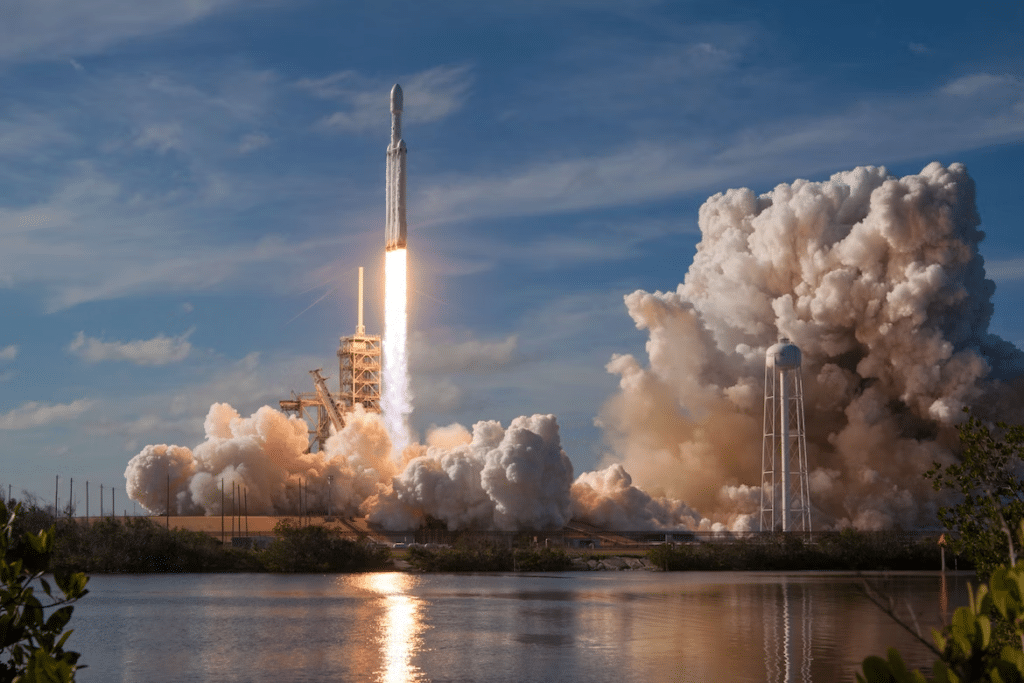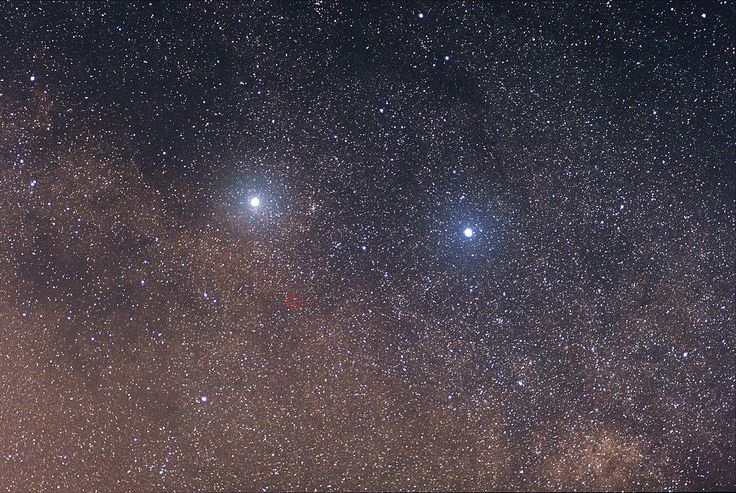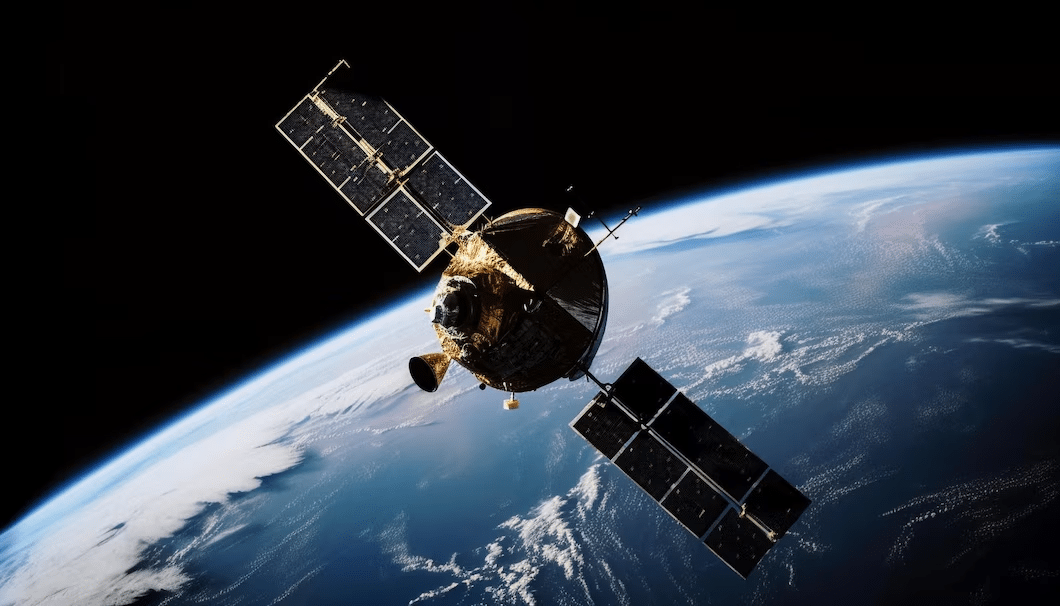Gone are those days when traveling to space was a distant dream for the average scientist. With private space travel companies like SpaceX, space travel has become more achievable. However, these space travels come at a cost to our environment. This article is about those effects and the possibility of sustainable voyages.
Frequent rocket launches
The CO2 emissions from a rocket launch weren’t a problem we needed to consider when NASA only launched three or four flights a year. During its 30-year run, the space shuttle program only launched 135 missions. However, this has changed over recent years.
In 2021, SpaceX launched 31 missions and was planning 52 for 2022. That’s a rocket launch every week, weather permitting. The number of launches will continue to climb as space tourism becomes more accessible. The problem is a rocket launch releases more CO2 than a regular aircraft.
If CO2 is a pollutant, this is a mini-pollutant
When we think of pollution, the mind immediately focuses on CO2 emissions. However, they aren’t the only kind we must worry about with rocket launches. The average rocket launch can easily exceed 200 decibels, 80 decibels above the human pain threshold.
For example, the sound waves emitted by the 2010 Atlas V launch were enough to knock a rainbow right out of the sky. Because of noise pollution, launching pads near populated areas won’t be an option. Well, SpaceX is already planning a defense against noise pollution.
Effects on the climate
Scientists point out that many of the particles generated by some rockets have been of interest due to their possible effects on the global climate in a geoengineering context. Geoengineering is deliberately tampering with the atmosphere to stop or mitigate global warming.
While a recent paper about NOAA supercomputers didn’t find any significant negative effects on the weather on Earth, those results do not dispel the concerns about the possible risks associated with the growing number of rocket launches. We just haven’t known the exact climactic danger yet.
Particle output from rocket motors
Currently, the soot particles generated by hybrid rocket engines are extremely small and lightweight. When some scientists tried to measure the soot output of hybrid rocket engiWhenratory, they couldn’t reliably do it with precision because of the particles’ minuscule size.
However, the accumulation of these particles over years and decades is what worries scientists. In the long term, injecting pollutants into the stratosphere could alter the polar jet stream, change winter storm patterns or affect average rainfall.
Gathering information to mitigate risks
Rockets are a principal and unique source of stratospheric pollution, and as the launch frequencies increase, the effects accumulate. This fact and the potential effects on our environment make it critical that scientific work starts now to evaluate future risks.
Scientists look forward to a wider research program to analyze the emissions and impacts of individual types of rocket engines and fuels on the stratosphere. The data could be used in existing models to better predict the effects in line with the expected growth of the number of launches.







